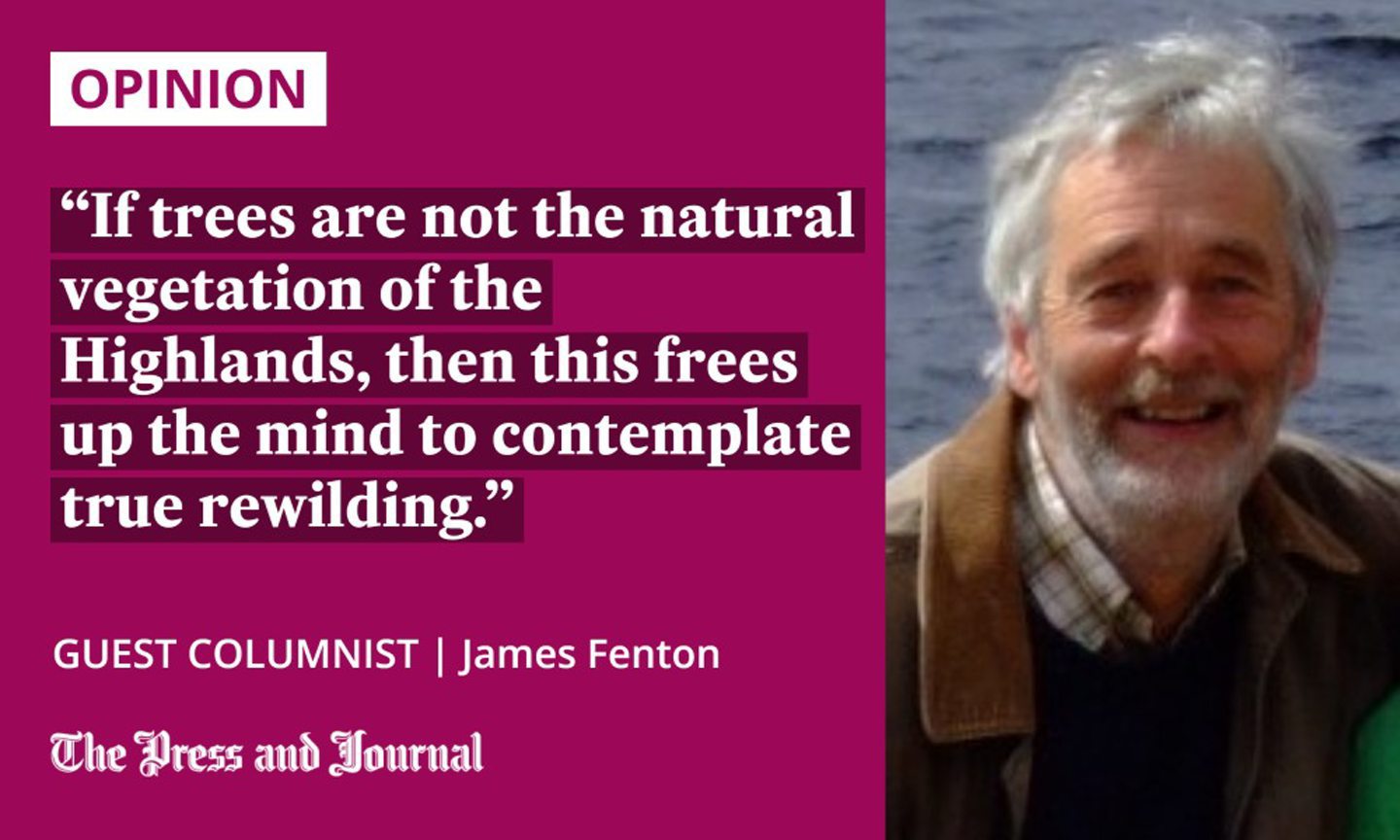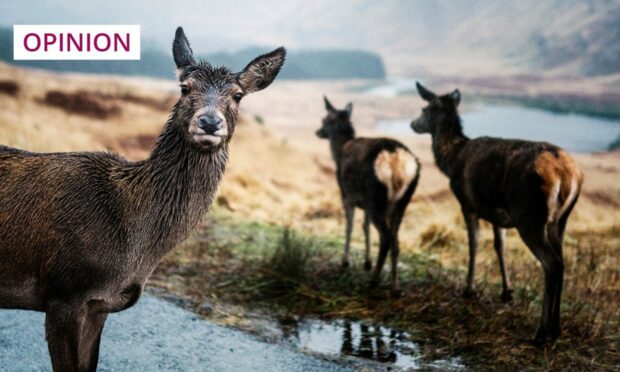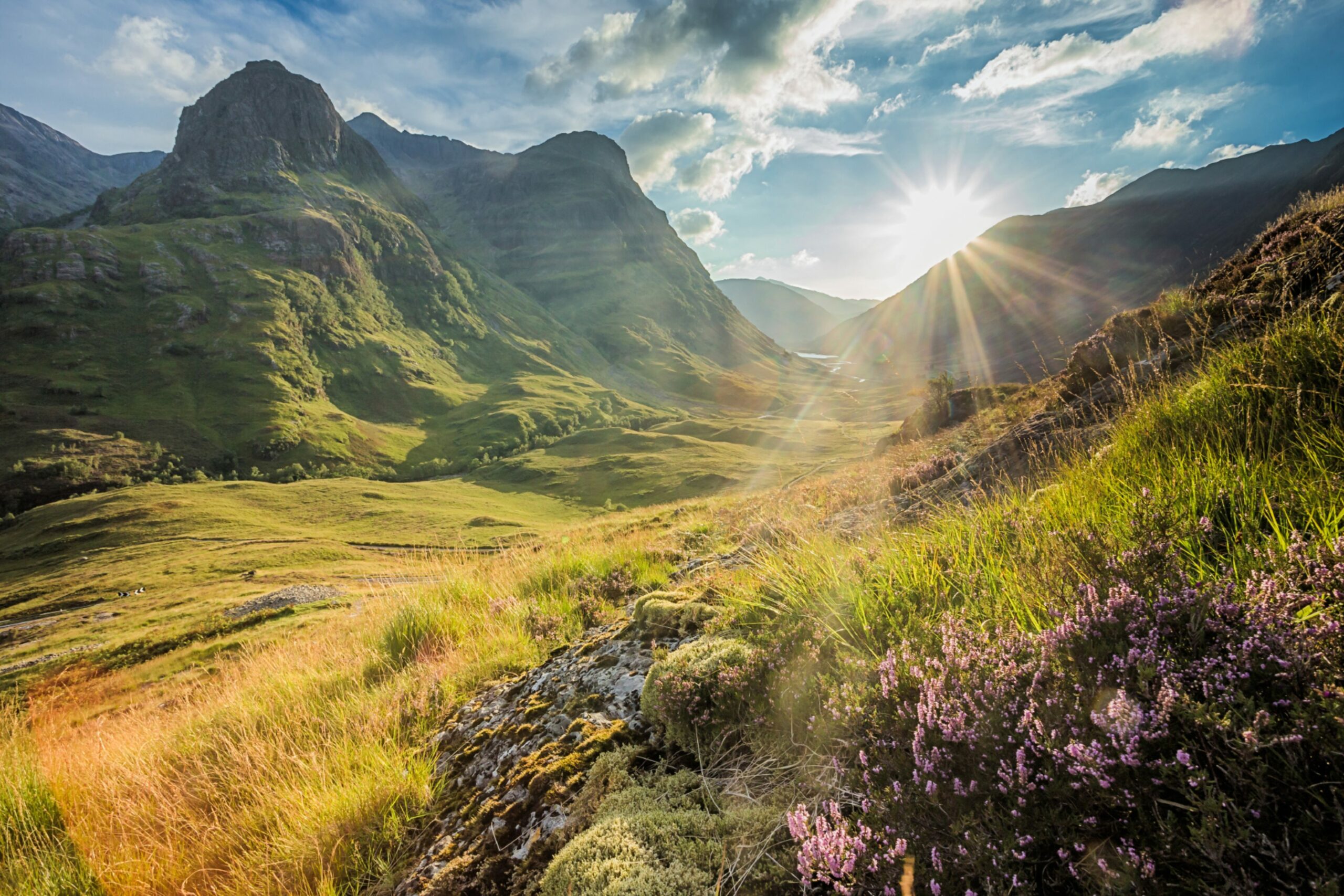It has become fashionable nowadays to say that “Scotland is one of the world’s most nature-depleted countries”.
This seems to be predicated on the notion that there was once a Great Wood of Caledon, stretching across the Highlands from coast to mountain top – a forest which, over the centuries, we have destroyed, leaving just a few fragments here and there.
The result, to quote the famous naturalist Frank Fraser Darling, is a devastated land; devastation aided by nefarious landowners, who introduced sheep after the Clearances, encouraged deer by creating sporting estates, and extracted the remaining timber.
“Rewilding” is the new buzzword which, in the Highlands, seems to have become synonymous with the restoration of this mythical Great Wood of Caledon. I say mythical because that is what it is. One of Scotland’s foremost historians, the Historiographer Royal, Christopher Smout, has called the Great Wood a myth “in every sense of the word”.
Certainly, there were more trees in the past, but all the scientific evidence points to a natural decline of woodland from a post-glacial maximum 4,000 to 6,000 years ago. Indeed, it has been known for over 50 years that there is a natural vegetation succession following an ice age, with woodland initially increasing to a maximum in the so-called mesocratic phase, followed by decline in the oligocratic phase.
We are currently in the oligocratic phase, so we would expect woodland to become less common. There is nothing new in this for, way back in 1866, the eminent Scottish geologist James Geikie concluded that the woods had disappeared through natural causes.

People who call themselves “rewilders” are keen to lay blame for the unwooded state of the Highlands on the aforementioned activities of landowners. However, even a casual glance at the excellent maps of the Highlands produced by General Roy and his team in the period between 1747 and 1752 will show that this cannot have been the case.
There was very little natural woodland cover in 1750, an era before the creation of modern extractive landownership. In the centuries predating the break-up of the clan system following Culloden, most of the uplands were unmanaged and, as the historian Tom Devine tells us, away from the main straths, glens and coasts were largely unpopulated. They were what we would nowadays call “wild”.
Scotland is not Scandinavia
If the woods disappeared naturally in a landscape which was generally unmanaged, then a logical conclusion is that the landscape of open moorlands is largely natural: it is wild already and cannot be “re”wilded.
Indeed, it could be argued that the Highlands were the only area in Europe to have maintained a significant population of large herbivores, that is red deer, throughout the postglacial period. It should be noted that the woodland disappeared over the millennia when wolves were present so, in spite of all that is said, there are thousands of years of evidence to show that bringing back wolves will not result in an increase in tree cover.
As the woodland declined, so did the associated plants and animals, many of which we are now trying to bring back. Hence, instead of being “nature-depleted”, although obviously the wolf is lacking, the Highlands contain one of the most natural vegetation patterns remaining in Europe. Scotland is a world centre for temperate moorland and peat bog, including the red grouse-heather ecosystem.
There is also a contradiction in that rewilding over the rest of the world means bringing back the large mammals we have made extinct, whereas in Scotland, it is about making the large mammal we do have, red deer, virtually extinct.
Recent ecological thinking concludes that grazing animals naturally play a major role in shaping ecosystems, which we have upset by getting rid of them all. The reason people say that the Scottish hills are overgrazed by deer is because they eat trees. But if trees are not the natural vegetation of the Highlands, then this frees up the mind to contemplate true rewilding: letting nature decide what the landscape looks like, as was the case before 1750.
It is the landscape of open moors and hills which has been the backdrop of Scottish history and culture, helping to shape the nation. We are not Scandinavia – vive la difference!
James Fenton is a retired ecologist and author of upcoming book, Landscape Change in the Scottish Highlands: Imagination and Reality

